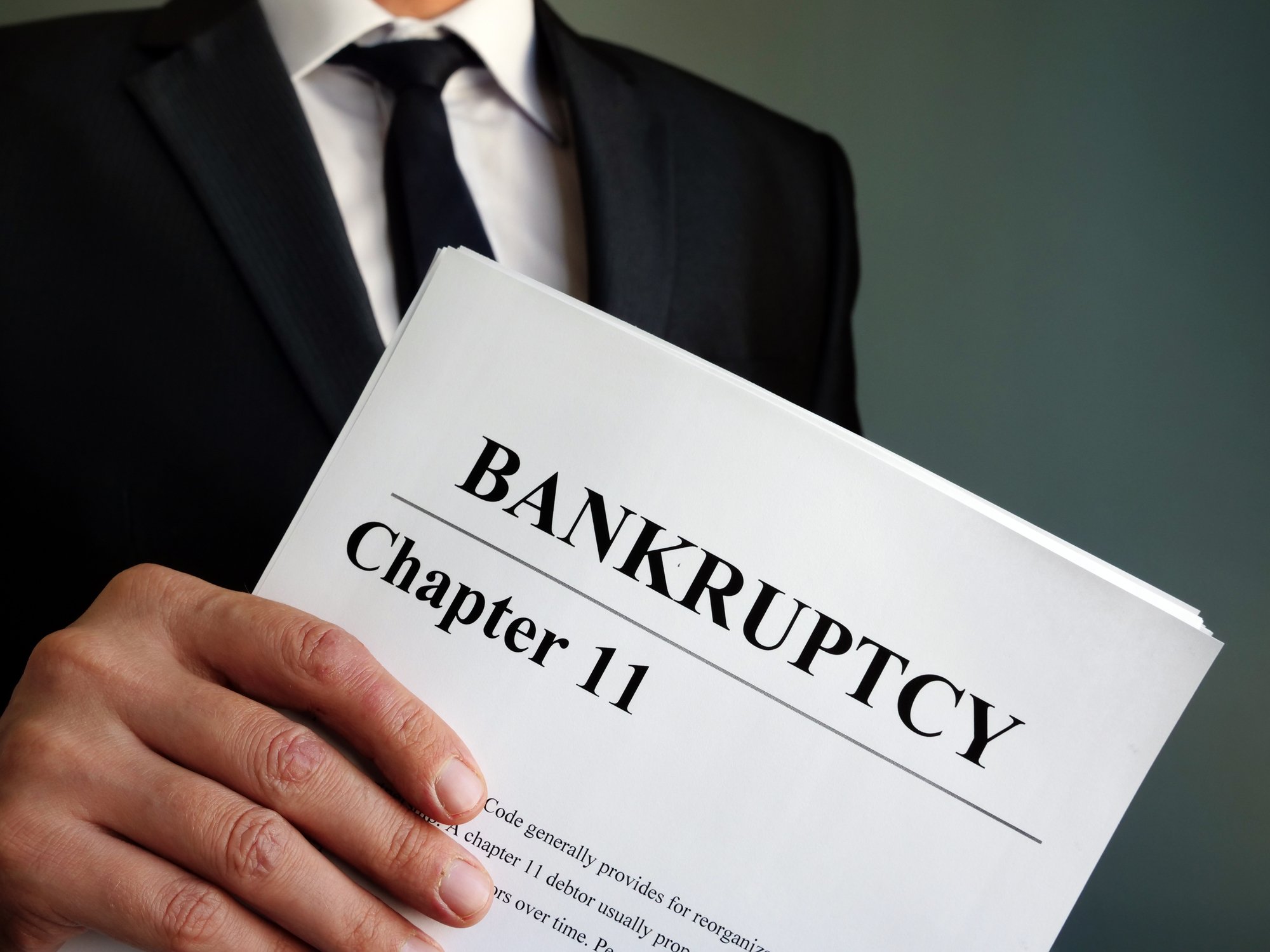As expected, Chesapeake Energy (CHK +0.00%) has officially filed for Chapter 11 bankruptcy. Industry watchers have speculated for years that the energy company would need to make this move to restructure what seemed like a nearly insurmountable amount of debt. Now, it will now be able to eliminate a sizable chunk of that debt as well as some burdensome contracts, after which it will reemerge with a more sustainable capital and cost structure.
Here's what investors can expect over the coming months.

Image source: Getty Images.
A comprehensive restructuring
Chesapeake Energy and the majority of its creditors signed a restructuring support agreement that will allow the company to eliminate about $7 billion of its debt via the bankruptcy process. Some of those creditors have also agreed to provide the oil and natural gas giant with $925 million in debtor-in-possession financing, which will give it the funds to continue operating as it works its way through the restructuring proceedings. Finally, some of its lenders have agreed to provide the company with $2.5 billion in exit financing. They will also backstop a $600 million rights offering to inject new equity into the company following its exit from bankruptcy.
These agreements should help speed along the bankruptcy process. They provide Chesapeake Energy with a clear path to reduce its outstanding debt from its currently burdensome level of $9 billion to a more manageable amount of roughly $2 billion. Further, the company will have access to the funding it needs to continue paying royalty holders, employees, and certain vendors throughout the bankruptcy process. Finally, the company will have both debt and equity financing available once it exits bankruptcy, giving it the financial flexibility necessary to operate in the challenging energy market.
What this means for existing Chesapeake Energy shareholders
While Chesapeake and the majority of its creditors have agreed to a comprehensive restructuring plan, many details remain to be determined. For example, the company also intends to restructure some of its legacy contractual obligations as part of the bankruptcy process, which could include leases, midstream contracts, and other goods and services agreements. That would enable the company to reduce some of these non-debt liabilities. This process could take time as the affected parties resolve their cases against the company. Chesapeake would also need to finalize and receive court approval for its agreements with creditors, which will likely result in them receiving a majority of its equity in exchange for eliminating debt.
Given the uncertainties, the outcome for the company's existing shareholders isn't clear. It's possible -- even highly likely -- that the company will cancel its common stock, rendering it worthless. With the company eliminating $7 billion in debt, likely in exchange for equity, and issuing $600 million of new equity upon its reemergence, it seems highly unlikely that current shareholders will receive any value. Meanwhile, even if they retain a stake in the recapitalized company, that stake would be highly diluted given the amount of equity the company will likely have to issue to its creditors.
While Chesapeake Energy expects its stock to continue trading publicly, the New York Stock Exchange has suspended the company and will de-list its shares. As such, it will probably move to an over-the-counter market, where investors can expect its stock price to remain highly volatile as reports trickle out on the status of its bankruptcy proceedings. While that movement will likely cause increased speculation, buying shares of Chesapeake Energy would be a high-risk gamble given the strong odds that they will end up worthless. Given all these uncertainties, investors should steer clear of this company.






